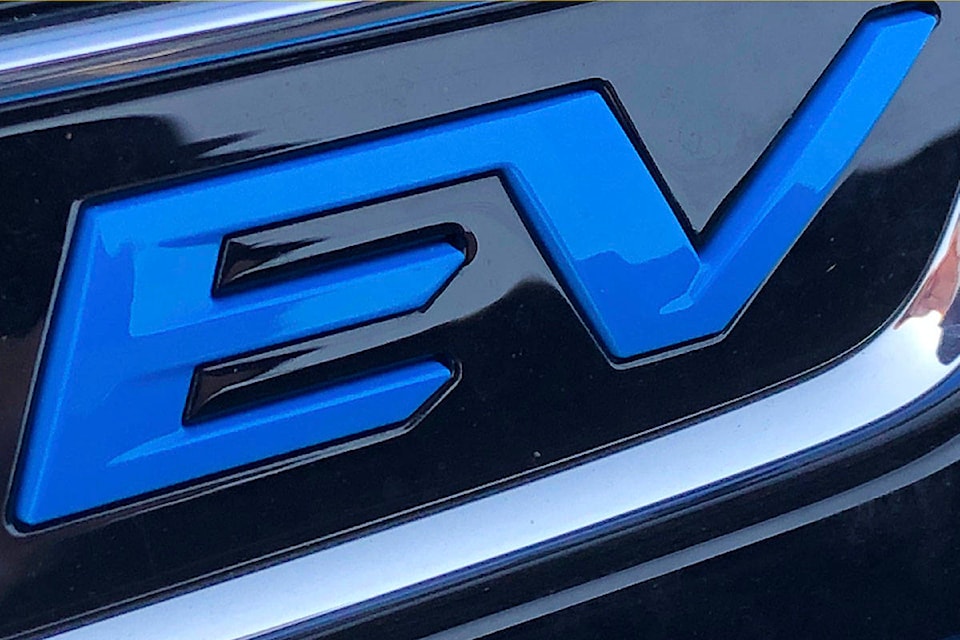Dear Editor,
As we enthusiastically promote and subsidize electric vehicles (EVs), are we lacking consideration of societal costs?
Are our priorities misguided? Shouldn’t we be prioritizing our clean renewable electric energy toward people’s work/live activities, housing/building needs rather than spending a fortune subsidizing more single vehicle transportation? One public quick charge station can cost the taxpayers $50,000 to $100,000.
Nothing is free. Subsidizing one group just means transferring the costs to a different group. The taxpaying (non-EV drivers) are paying a discriminate share of the subsidized costs.
Consider just these few aspects of our infrastructure.
Upgrading the grid:
The EVs extra load causes increasing demands on the grid where more tax dollars are needed to upgrade the entire generation, transmission and distribution infrastructure systems. This in turn causes electricity rates to increase faster.
Extra fresh water:
How are we going to magically come upon the extra fresh water we will need for our dam turbines to generate the power to charge all the batteries?
It appears to be a guessing game trying to speculate on our water reservoirs and generating capacity. The cyclical weather activity with occasional multi-year droughts and low snowpack years in the mountains is unpredictable. This uncertainty will only increase as we add more EVs to the demand load.
BC Hydro produces approximately. 95 per cent of our power from 31 hydroelectric generating facilities.
In 2015, due to lack of water, Hydro had to shut down 12 of those 31 facilities in the Lower Mainland and Vancouver Island. This could be a regular seasonal condition now with the greater load demands imposed by EVs.
It’s estimated to take about 900 US gallons of water to generate electricity to fully charge one average 60 Kwh EV battery?
That’s equivalent to about 567 (six litre) toilet flushes of water to charge 1 EV battery.
To get power to the majority Lower Mainland users, (including transmission and distribution losses) it takes approximately 2 cu. ft. of water to produce 1 Kwh.
BC Hydro used to contribute over $1 billion annually to general revenue but has been milked to death by politicians and is now billions in debt. This means more electric ratepayer increases.
As we pay more and more to appease and pacify green activism, we are financially digging ourselves in deeper.
Roland Seguin, Langley
